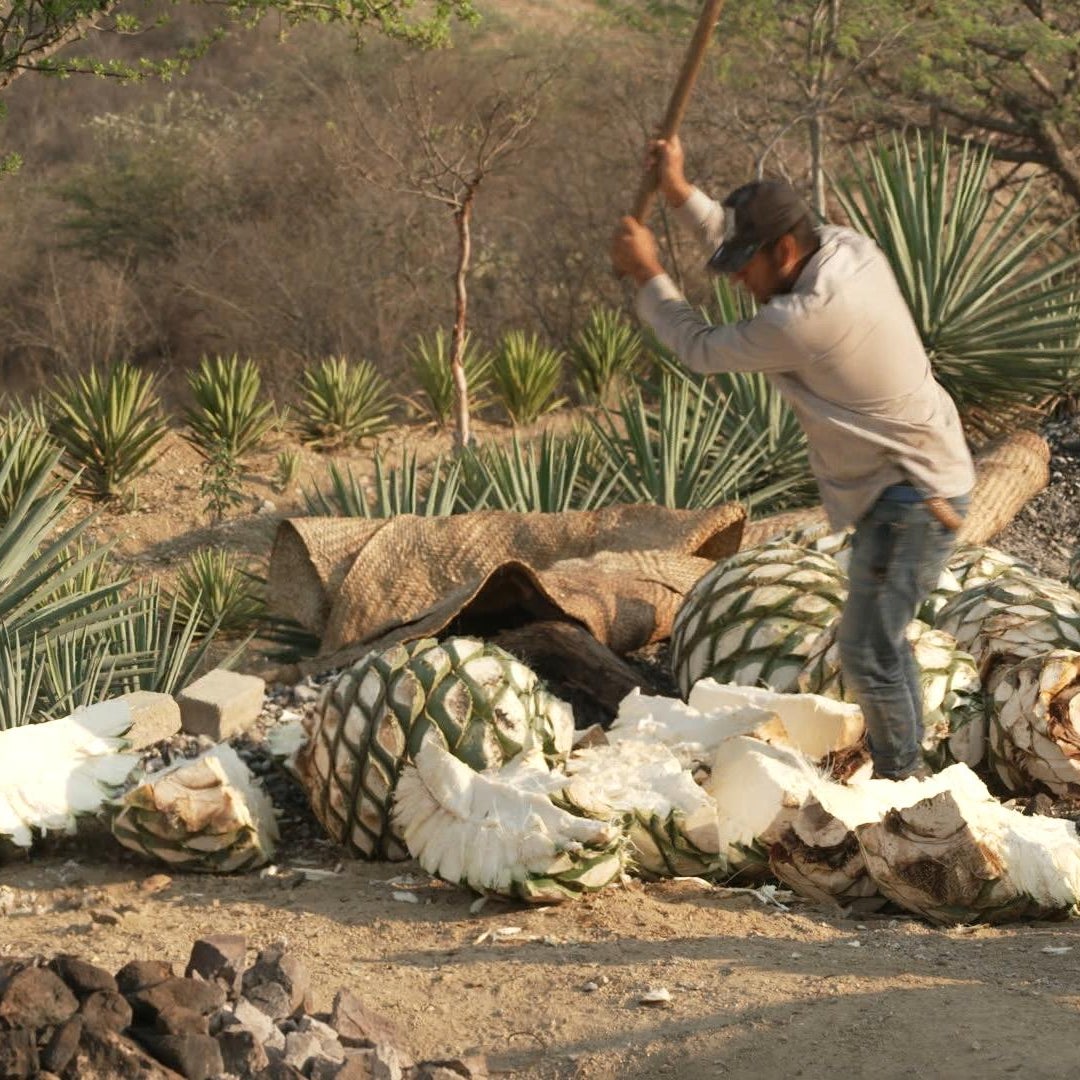Mezcal Steps Into the Spotlight as Mexican Production Rises

The Rise of Mezcal: From Obscurity to Global Fame
For years, mezcal remained in the shadow of its more famous cousin, tequila. Known for its distinctive smoky flavor and the presence of a worm, it was often seen as an inferior spirit, not suitable for premium shelves. However, this perception has changed dramatically over the past decade. Once banned and sold in cheap plastic jugs, mezcal has now found its way into high-end cocktail bars and Michelin-starred restaurants around the world. The growth of this handcrafted spirit has been nothing short of remarkable, with production increasing significantly in the last ten years.
Mezcal derives its name from the Aztec word for "cooked agave," a plant that has been sacred to Mexico for thousands of years. Most of the production takes place in the southern state of Oaxaca, where family-owned distilleries are scattered across the landscape. To understand the journey of this spirit, we traveled to meet the mezcaleros, the artisans who have dedicated their lives to crafting this unique beverage.
Harvesting Agave: A Laborious Process
The process of making mezcal begins with the harvesting of agave, which is done year-round. However, it is far from an easy task. The spiky plants are carefully pried from the earth using machetes, revealing the heart of the plant, known as the piña, which resembles a large pineapple. Some varieties of agave can take up to 30 years to mature, making the process both time-consuming and demanding.
Oaxaca, situated between the Sierra Madre mountains, is the cradle of mezcal, where indigenous and Spanish colonial cultures intersect. Santiago Matatlán is particularly significant, as it is home to many of the region's most renowned mezcal producers. Among them are the Hernandez brothers, Armando and Alvaro, fourth-generation mezcaleros from an indigenous Zapotec family. They learned the craft from their father, Silverio, and now run Mal de Amor, one of the largest distilleries in Matatlán.
Preserving Tradition
Armando and Alvaro emphasize that they make mezcal without rushing, following traditional methods passed down through generations. Everything is done by hand, from the roasting of the agave in underground pits to the crushing using horse-drawn mills. Fermentation occurs in wooden barrels, and the liquid is distilled twice in copper vats, with no temperature controls—bubbles indicate the alcohol content.
When asked if their approach differs from how their father made it, both brothers confirm that the methods remain unchanged. “It’s the same,” Alvaro says. “We conserve all the traditions, everything we were taught.”
The History and Distinction of Mezcal
Mezcal has been part of Mexican culture for centuries, with the first distillation taking place in the 1600s. It has been consumed at baptisms, funerals, and every occasion in between. While tequila is technically a type of mezcal made primarily from blue agave in Jalisco, most tequila is mass-produced using machines. In contrast, artisanal mezcal resists industrialization, relying on time-honored techniques.
A Journey of Struggle and Success
In the 1980s and 1990s, the Hernandez brothers faced difficult times. Production was minimal, and the price of mezcal was so low that it barely supported their family. Armando recalls, “It was miserable. We had ten children, and Sunday was the only day we could afford a cup of milk and a piece of bread.” This led Armando to leave Mexico at the age of 12, traveling alone to California.
His brother Alvaro eventually joined him in Los Angeles, where they worked in bars and restaurants. However, as the popularity of artisanal mezcal grew, Alvaro dreamed of returning to his roots. He proposed a plan to revitalize their family palenque, but Armando was skeptical until he saw bottles of their mezcal being sold for $10 each in the U.S.
Expanding the Legacy
The partnership between the Hernandez brothers and John Rexer, an expat New Yorker, marked a turning point. Rexer, along with Gilberto Marquez, founded Ilegal, a brand made from 100% espadin agave. Their collaboration helped elevate mezcal to international fame, with Ilegal becoming one of the top-selling brands.
Despite initial challenges, including smuggling across borders and legal issues, Rexer’s vision proved successful. Today, their partnership produces 3,000 bottles of mezcal daily, almost all for export. Each bottle is certified by the Mexican government, bearing a hologram to ensure its origin.
Enjoying Mezcal: Beyond Shots
While some people associate mezcal with shots or cocktails, experts like Gilberto Marquez suggest that the best way to enjoy it is neat. However, he also acknowledges that cocktails, such as spicy margaritas, can be a great introduction to the spirit.
Aging is another important aspect of mezcal, with Ilegal aging its products in American oak barrels, similar to bourbon. John Rexer notes that aged mezcal is best enjoyed straight, emphasizing the importance of savoring its unique flavors.
A New Era for Mezcal
The acquisition of Ilegal by Bacardi, a global spirits company, raised concerns about preserving the artisanal nature of mezcal. However, the Hernandez brothers remain committed to maintaining their traditions. “What’s going to change is many people’s lives in this community,” Armando says.
Today, the palenque employs over a hundred people, including their 87-year-old father, who continues to play a role in the business. The legacy of Silverio, the patriarch of the family, lives on in every drop of mezcal produced.
As the brothers expand their operation, they reflect on their journey. When asked if this is the Mexican dream, they respond, “Sueño Mexicano.” For them, it represents a dream they never imagined possible.
Post a Comment for "Mezcal Steps Into the Spotlight as Mexican Production Rises"
Post a Comment